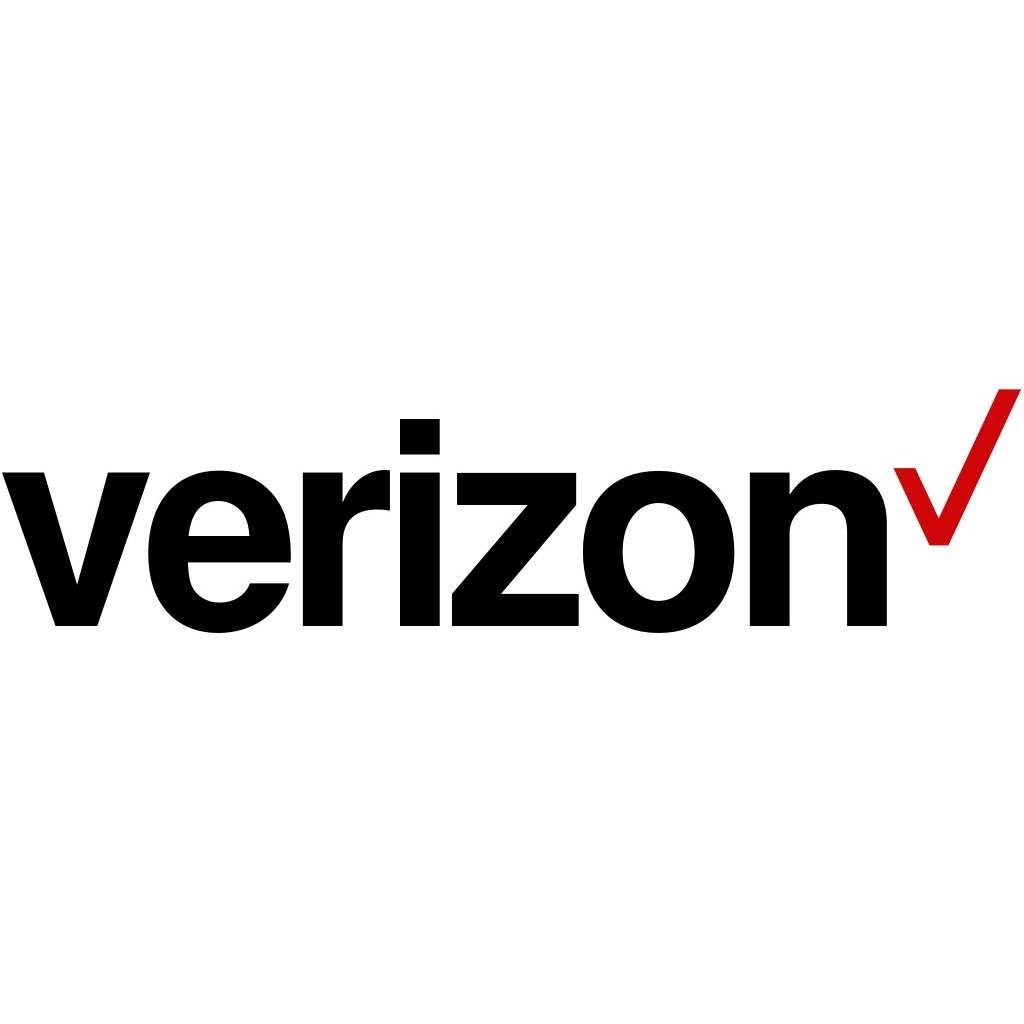Telecom & Wireless
Verizon Leads the Dow in 2016 With a 17% Gain

Published:
Last Updated:

The Dow Jones Industrial Average put on some much needed weight last week. The blue-chip index closed the week up 2.11% for the first quarter of 2016, a sharp increase from its anemic 0.5% increase at the end of the prior week. And as it has done for most of the year, Verizon Communications Inc. (NYSE: VZ) is leading the Dow 30 higher, up by 16.85% year to date, a gain of nearly 1% in just the past week.
Verizon has several financial and business model advantages over most large companies. The argument is bolstered by the performance of its only major, direct rival, AT&T Inc. (NYSE: T), the shares of which have risen 13.5% since the start of the year to $39.05. The two companies are often described as mirror images of one another. Wall Street continues to warm to both.
Verizon had revenue of $131.6 billion last year, making it one of the largest companies in America. The figure was higher by 3.6% year over year. Net income for 2015 was $18.4 billion, up 54%.
When the company reports first-quarter results on April 21, analysts expect earnings per share to come to $1.06 on revenues of $32.64 billion. In the first quarter of 2015, Verizon posted earnings of $1.02 per share and $31.98 billion in revenue.
In 2015, Verizon delivered strong and balanced results in a dynamic competitive environment while returning more than $13.5 billion to shareholders. At the same time, Verizon built and acquired next-generation network capabilities that position the company to be an innovator in the digital-first mobile world in 2016 and beyond.
Verizon has two primary businesses that are healthy and one that is solid but shrinking slowly. The eroding one among the three is its landline business, which dates back decades. The foundation of Verizon’s success is its wireless business. Its revenue was $91.7 billion, up 4.6% last year. The strength of the business is that its EBITDA margin was 42.5% in 2015, up from 40.2% in 2014. Verizon has 112.1 million wireless customers. While pricing in this business segment can be cutthroat, Verizon leads it in market share, above AT&T and far ahead of struggling Sprint Corp. (NYSE: S) and T-Mobile US Inc. (NASDAQ: TMUS).
Verizon’s other strong business is its fiber to the home, Fios, a major challenge to cable and satellite TV. It had 17.6 million connections at the end of 2015. As Americans “cut cords,” Fios should be helped.
Based on the strength of Verizon’s balance sheet, its $2.26 annual dividend is safe. And how many other companies pay out a yield of 4.18%? The answer is very few.
As the market seesaws and tumbles, and some tech companies have seen their stock prices reset down 10% or lower, Verizon is an island of safety in roaring seas. That will keep it at or near the top of Dow gainers for the foreseeable future, and perhaps the balance of the year.
After two decades of reviewing financial products I haven’t seen anything like this. Credit card companies are at war, handing out free rewards and benefits to win the best customers.
A good cash back card can be worth thousands of dollars a year in free money, not to mention other perks like travel, insurance, and access to fancy lounges.
Our top pick today pays up to 5% cash back, a $200 bonus on top, and $0 annual fee. Click here to apply before they stop offering rewards this generous.
Flywheel Publishing has partnered with CardRatings for our coverage of credit card products. Flywheel Publishing and CardRatings may receive a commission from card issuers.
Thank you for reading! Have some feedback for us?
Contact the 24/7 Wall St. editorial team.